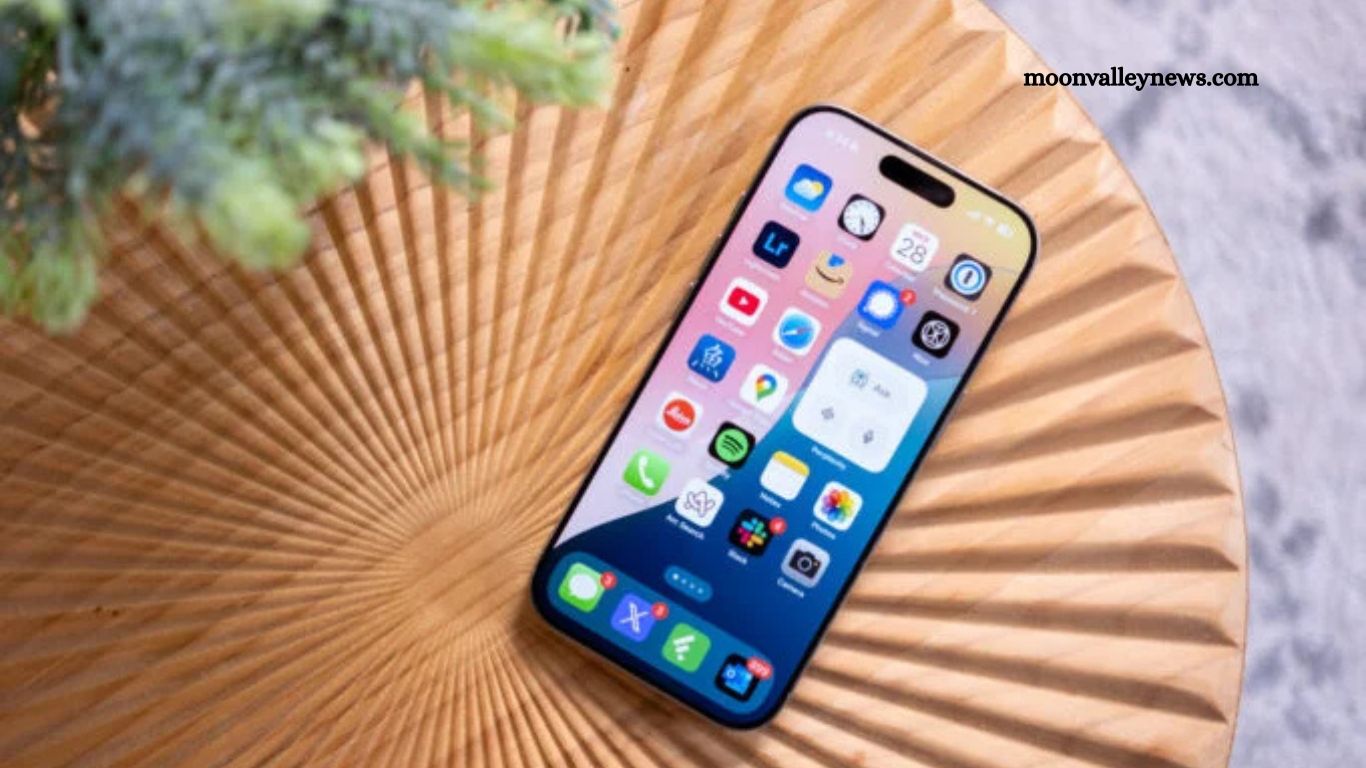Apple skips is reportedly set to break with its traditional iOS naming convention, opting to skip several versions and jump straight from iOS 19 to iOS 26. This bold move, which aligns Apple’s software version numbers with the calendar year, is expected to apply across its entire ecosystem, including iPadOS, macOS, and visionOS.
Read More: Trump’s Tariffs Shake Markets, but Sports Team Owners Remain Unaffected
A New Naming Strategy Across Apple Skips
According to Bloomberg’s Mark Gurman, citing anonymous sources familiar with Apple’s plans, the company will synchronize its operating system versions with the upcoming year rather than following the sequential numbering it has used so far. For example:
- iOS 19 will be renamed iOS 26
- iPadOS 19 will become iPadOS 26
- macOS 16 will jump to macOS 26
- visionOS 2 will advance to visionOS 26
This unified numbering scheme is part of a broader initiative to create a more cohesive and streamlined experience across all Apple platforms, from iPhones and iPads to Macs and the Vision Pro headset.
What to Expect at WWDC 2025
Apple is expected to officially reveal details about this new approach and the accompanying user interface redesign at the Worldwide Developers Conference (WWDC) 2025, scheduled for June 9. Early reports suggest that the update will feature more circular “bubble” icons and a consistent visual language across all devices, aiming to simplify the user experience.
However, such sweeping changes could also cause confusion for longtime Apple users accustomed to the current distinct look and feel of each platform’s UI. Full details will likely emerge in the fall, alongside the launch of new hardware such as the iPhone 17 lineup, which reportedly includes a bulkier iPhone 17 Pro Max and a lighter iPhone 17 Air.
Enhancing the iPad Experience
One of the more exciting possibilities raised by this redesign is an improved multitasking experience on iPad. While recent iPad Air and iPad Pro models introduced Magic Keyboards with full function rows, the software still lags behind in delivering a fully flexible, Mac-like multitasking environment. Apple’s upcoming UI overhaul could finally address this limitation, making iPads more versatile for power users and professionals.
Industry Context: Following Samsung’s Lead
Apple’s rumored switch to naming its operating systems after the year rather than version number has a precedent. Samsung adopted a similar strategy with its Galaxy S series starting in 2020, now on Galaxy S25 with the S26 anticipated this year.
Interestingly, Apple appears to be moving its numbering ahead by a full year, similar to how car manufacturers often name models a year in advance. This means the version number will correspond to the year following the software’s announcement, which might cause initial confusion among users.
Additional Features and AI Integration
Beyond the naming and design changes, Gurman’s reports also hint at new features such as a live-translation mode for AirPods integrated with Siri. Apple may also expand its platform’s AI capabilities by opening up to third-party AI providers like OpenAI and Anthropic, signaling an increased focus on intelligence features in the near future.
Frequently Asked Questions
Why is Apple skipping several iOS versions and jumping straight from iOS 19 to iOS 26?
Apple is reportedly aligning its iOS version numbering with the calendar year, similar to how some other tech companies and car manufacturers name their products. This means the next iOS version will reflect the upcoming year rather than following sequential numbers.
Will this change affect other Apple operating systems?
Yes, this naming convention is expected to apply across Apple’s ecosystem, including iPadOS, macOS, and visionOS, unifying version numbers for all platforms.
Does this mean the software features will be equivalent to iOS 26?
The jump in version number is mostly a branding and naming change. The features will align with the next-generation update Apple is developing, but the higher version number doesn’t necessarily mean more features than a typical yearly update.
When will Apple officially announce this change?
Apple is expected to provide official details during WWDC 2025, which is scheduled for June 9, 2025.
How will this affect users who are familiar with the current iOS naming?
Initially, it may cause some confusion, especially for users used to the traditional incremental version numbering. However, Apple aims to clarify this change as part of a broader effort to unify its product experience.
Is Apple the first tech company to use the year as a version number?
No, Samsung adopted a similar approach for its Galaxy S series starting in 2020. Apple’s approach is unique in that it appears to jump ahead by a full year rather than matching the current calendar year exactly.
Conclusion
Apple’s decision to leap from iOS 19 directly to iOS 26 marks a significant shift in its software versioning strategy, aiming to align operating system numbers with the calendar year and unify its ecosystem under a consistent naming scheme. While this change may initially confuse some users, it reflects Apple’s broader goal of creating a seamless, cohesive experience across all its devices.
As we approach WWDC 2025, anticipation builds around the full scope of these updates—not only in naming but also in the design and functionality improvements expected to shape the future of Apple’s software landscape.







